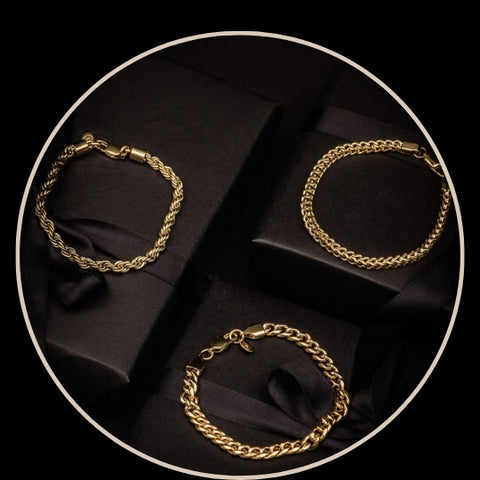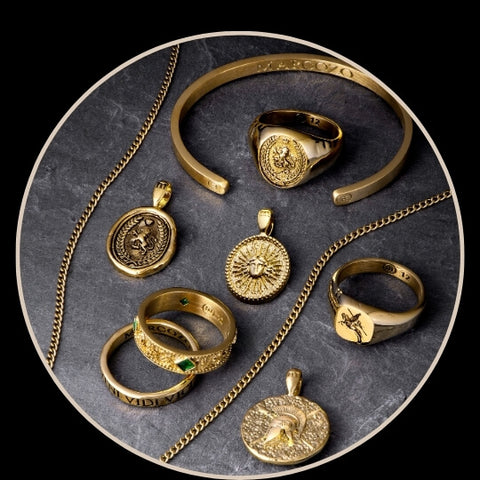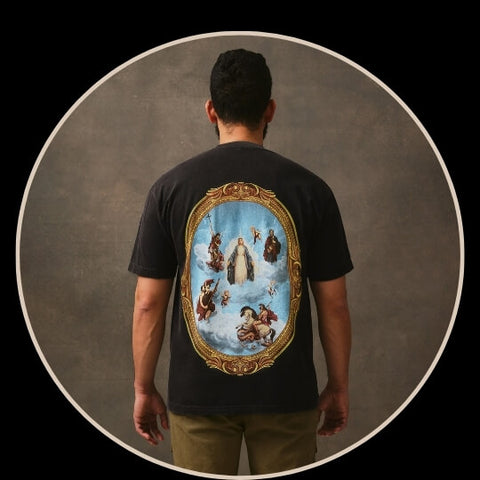Ring Size
Instructions
- Use a ring that fits the desired finger
- Measure the internal diameter of the ring (in mm). Ensure your ruler starts at the 0mm mark.

Use the size chart to determine your ring size.
| Internal Diameter(mm) | US/CAN | UK/AUS | German |
|---|---|---|---|
| 16.5mm | 6 | N | 16 1/2 |
| 17.3mm | 7 | P | 17 1/4 |
| 18.1mm | 8 | R | 18 |
| 19mm | 9 | T | 19 |
| 19.8mm | 10 | V | 20 |
| 20.6mm | 11 | F | 20 3/4 |
| 21.4mm | 12 | X | 21 1/4 |
| 22.2mm | 13 | Z | 22 |
Instructions
-
1. Wrap the measuring tape around your wrist just above the wrist bone with your palm open and facing up.

-
2. Wrap a strip of paper around your finger where you’d like your ring to be. Make sure that the paper is pulled snug to your finger (the tighter the better) to find your best fit.

-
3. Mark the spot where the paper meets and measure the distance with a ruler (mm).

Use the size chart to determine your ring size.
| Circumference (mm) | US/CAN |
|---|---|
| 51.9mm | 6 |
| 54.4mm | 7 |
| 57.0mm | 8 |
| 59.5mm | 9 |
| 62.1mm | 10 |
| 64.6mm | 11 |
| 67.2mm | 12 |
| 67.7mm | 13 |
Tips On How To Measure
-
1. Measure your ring size at the end of the day when fingers are at their largest.
-
2. Consider the width of the band, a particularly thick band will feel tighter than a thin band so you may want to buy a full size larger that your normal ring size.
-
3. Do not measure your hands when they are cold, they may have shrunk up to half a size.
-
4. Alcohol and salt can make your fingers swell so refrain from measuring your ring size after cocktails and appetizers.

 Best Sellers
Best Sellers
 New
New
 Pendants
Pendants
 Chains
Chains
 Rings
Rings
 Bracelets
Bracelets
 Stack & Save
Stack & Save
 Clothing
Clothing